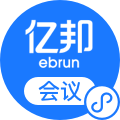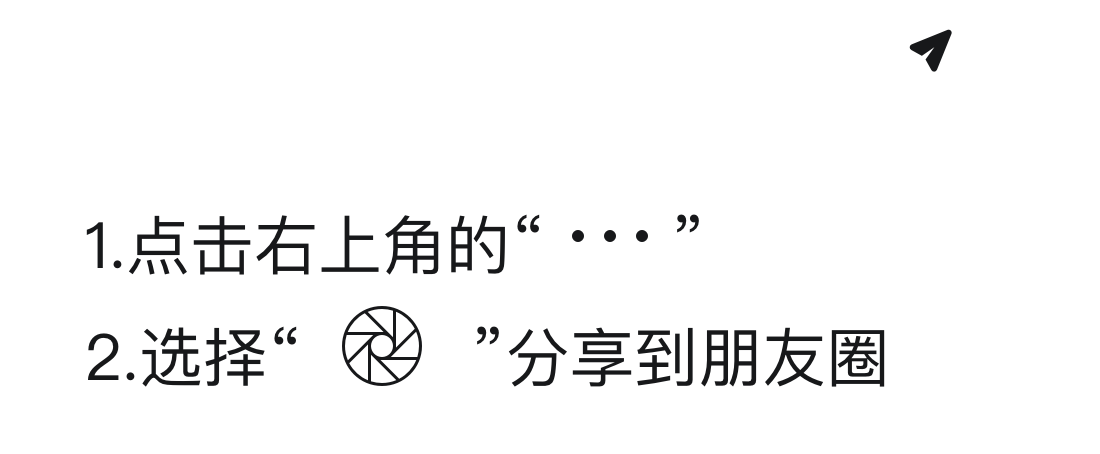固体杨枝甘露作为近期网红爆款美食的走红现象及相关实操信息。
1. 热度与销量数据:相关话题在小红书观看量超过1000万人,抖音播放量近6亿次;线下门店出现排队潮,排队超半小时,部分甜品店日销量达200份,需提前预约;线上平台如切果NOW单品售出超6000件。
2. 价格与成本分析:成品售价普遍在20-40元之间,但有门店标价高达66元/份,引发定价虚高质疑;制作原料透明,包括芒果、酸奶、柚子等,成本低且易复制,适合DIY尝试。
3. 实操建议与市场变化:品牌如茶百道推出自制教程,用户可复刻体验;芒果原材料出现暂时断货和涨价,部分店家调整售价,供应商称产地供应正常。
网红美食趋势对品牌营销和渠道建设的启示。
1. 品牌营销策略:多个品牌如茶百道、七分甜、切果NOW利用热点上架新品或提供教程,通过社交平台(小红书、抖音)放大流量;消费者行为显示分享和排队成为关键驱动因素。
2. 消费趋势与用户行为:网红美食特征包括颜色鲜艳适合拍照、配料常规门槛低,杨枝甘露创新形式吸引年轻用户;需求高涨导致芒果断货,反映用户偏好易分享的产品形态。
3. 价格竞争与研发方向:售价范围广,20-66元间差异引发争议;定价虚高风险需权衡品质与创新,如66元/份产品被质疑;产品研发可借鉴门槛低但微创新模式。
固体杨枝甘露风潮带来的市场机遇与应对措施。
1. 增长市场与需求变化:需求剧增引发原材料芒果断货和涨价,部分门店日销量200份,线上销售超6000件;消费行为显示预约需求大,排队超半小时。
2. 机会提示与风险规避:可上新商品如七分甜、切果NOW趁势推出,商业合作如盒马整合原材料链接;定价风险如66元/份引发质疑,原材料波动需及时调整售价或库存;可学习点在于创新门槛低,易复制扩散。
3. 事件应对与模式启示:面对短缺,商家可选择跟随或不跟随风潮,有店主复刻后因口味一般而未上架;最新商业模式强调多品牌参与,如生鲜平台添加关联搜索功能。
网红美食对产品生产和电商转型的商业启示。
1. 产品生产与设计需求:原材料如芒果、酸奶需求激增,导致供应紧张和涨价;设计上强调易复制、社交媒体友好型产品,门槛低适合大规模生产。
2. 商业机会与供应链变化:芒果作为核心原料商业价值提升,供应商表示产地无波动但运输问题引发短缺;生鲜电商平台如盒马、叮咚整合销售页,提供合作机会。
3. 数字化与电商推动:工厂可借鉴电商平台整合玩法,如专题页链接原材料;启示在于通过快速响应市场需求推进数字化,支持多品牌合作。
行业发展趋势与服务需求热点分析。
1. 行业趋势与技术应用:网红美食快速更替规律,如从固体杨枝甘露到榴莲汉堡包的过渡;社交平台技术(小红书、抖音)放大用户创意成为趋势引擎。
2. 客户痛点与解决方案:痛点包括原材料短缺(芒果断货)和价格波动;解决方案如平台整合原材料供应(盒马专题页)、商家及时调整库存或售价。
3. 行业动向与机会:服务可针对多品牌合作模式提供支持,如茶百道推出教程;需求强调易复制产品,服务商可开发标准化方案。
平台参与网红美食推广的运营策略与风险。
1. 平台做法与招商机会:小红书、抖音通过话题放大流量到6亿播放,吸引品牌如切果NOW上线销售;盒马、叮咚采用专题页或搜索关联,整合同类产品链接;最新做法强调易用搜索功能招商品牌加入。
2. 商业需求与风向规避:平台需响应需求变化,如处理芒果断货问题;风险提示包括跟随风潮可能品质不佳,有店家因口味未达标而未上架;平台可优化运营管理避免定价虚高质疑。
网红美食产业新动向与问题启示。
1. 产业新动向与商业模式:制造流程始于用户创意,经社交平台放大,最后由品牌完善推向高潮;多企业如茶百道、盒马参与合作模式,创新门槛低实现价值倍增。
2. 新问题与政策启示:问题包括定价虚高(66元/份争议)和供应链波动(芒果短缺);政策建议关注市场规范防止投机,启示在于制定透明定价法规。
返回默认












